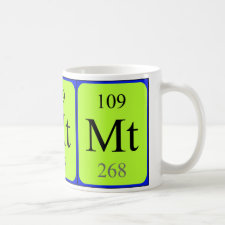
Authors: Al Kobaisi M, Tate M, Rix C, Jakubov TS, Mainwaring DE
Article Title: The effect of molecular imprinting on the pore size distribution of polymers.
Publication date: 2007
Journal: Adsorption
Volume: 13
Issue: (3)
Page numbers: 315-321.
DOI: 10.1007/s10450-007-9062-0
Abstract: Abstract: Molecular imprinting techniques are becoming an increasingly important domain of porous polymers generally, to achieve molecule specific recognition through morphology or stereochemistry of cavities. Imprinting is sought to increase both selectivity and sensitivity where the polymer may be present as particulate, membrane or thin film forms. Here, we detail mechanisms involved in the formation, stability and adsorption of binding sites, through the influence of polymerisation conditions and templates on the porosity of highly crosslinked molecularly imprinted polymers (MIPs). Environmental control represents an important area for porous polymers, here we focus on two template fungicides, iprodione and pyrimethanil, for ethylene glycol dimethacrylate (EGDMA) based polymers. In general, control of the pre-polymerisation interactions were able to vary the surface areas of polymers from 40 - 60 m2 g-1 to 300 - 436 m2 g-1 while pore sizes fell into distributions (a) close to the micropore region at ~3.8 nm, (b) in the 10 to 20 nm mesopore region and (c) in the 20 to 50 nm mesopore region. The importance of intermolecular interactions and aggregation in the pre-polymerisation solution to the Brunauer, Emmett, Teller (BET) surface areas and pore size distribution of final polymers has been demonstrated by systematic variation of chemical functionality. These effects confirm recent molecular dynamic simulation studies of MIP formation and cavity stability
Template and target information: iprodione, pyrimethanil
Author keywords: Biochemical,energy and environmental applications, Fundamentals of adsorption, Liquid phase adsorption



Join the Society for Molecular Imprinting

New items RSS feed
Sign-up for e-mail updates:
Choose between receiving an occasional newsletter or more frequent e-mail alerts.
Click here to go to the sign-up page.
Is your name elemental or peptidic? Enter your name and find out by clicking either of the buttons below!
Other products you may like:
 MIPdatabase
MIPdatabase









